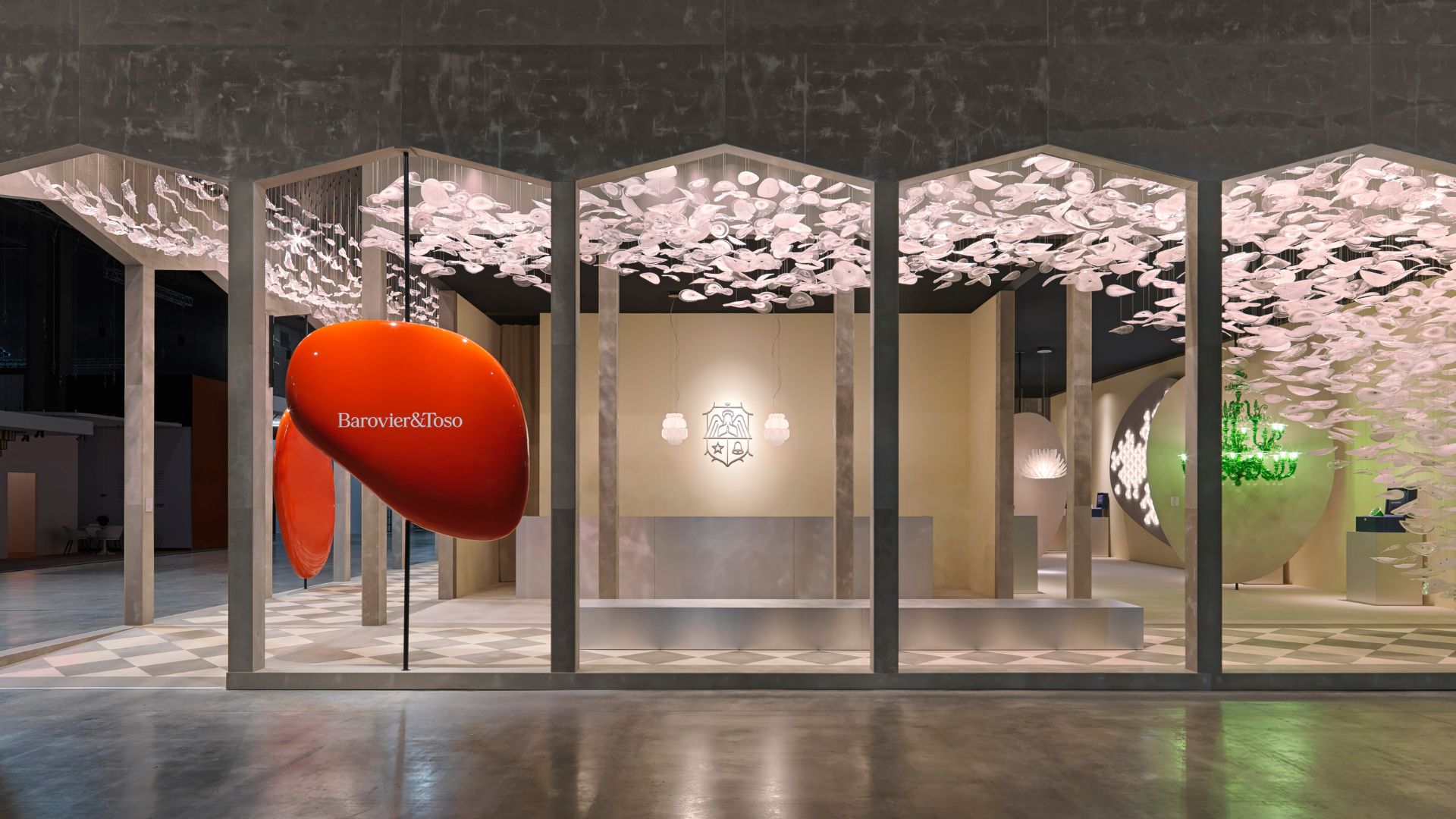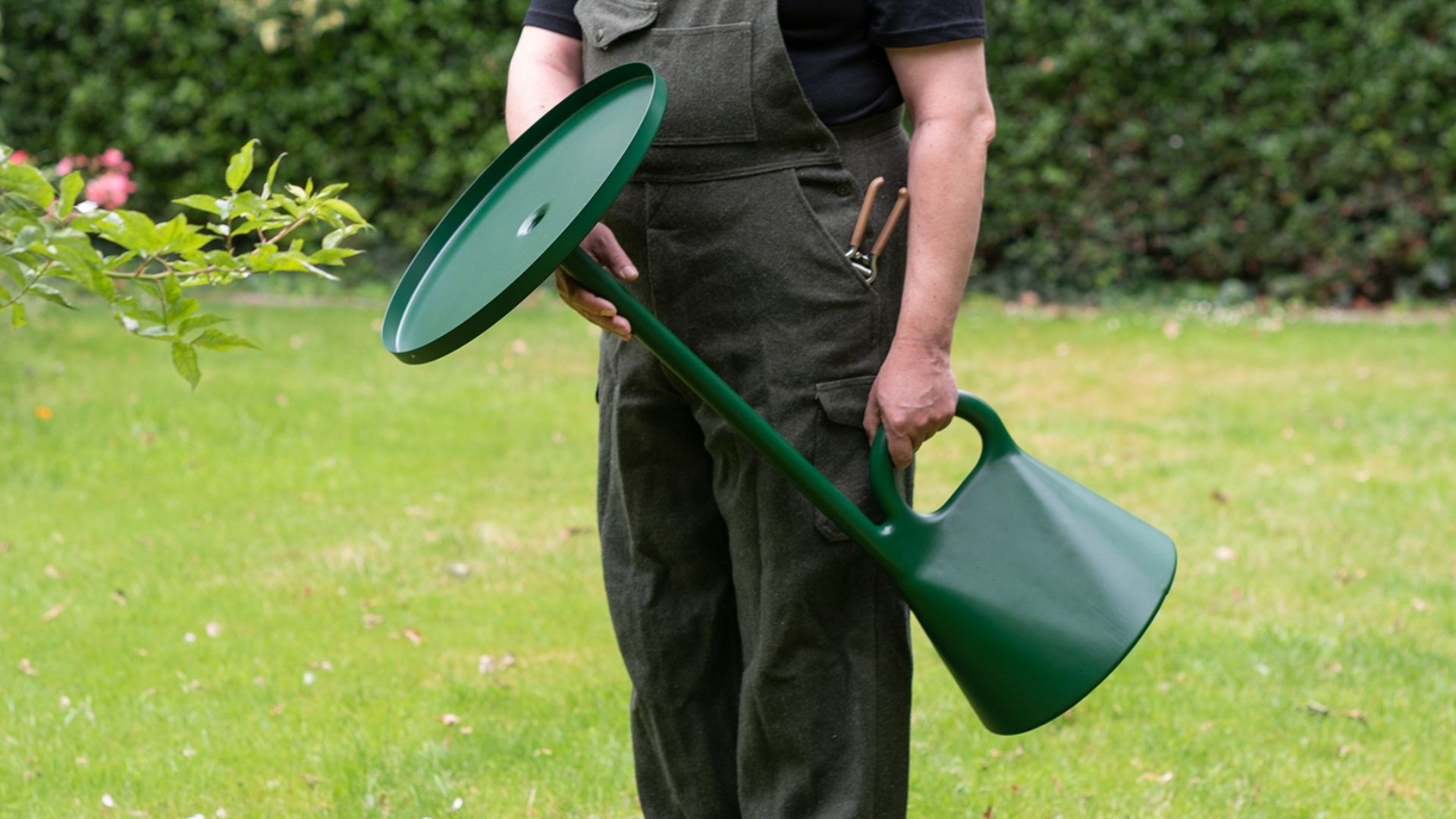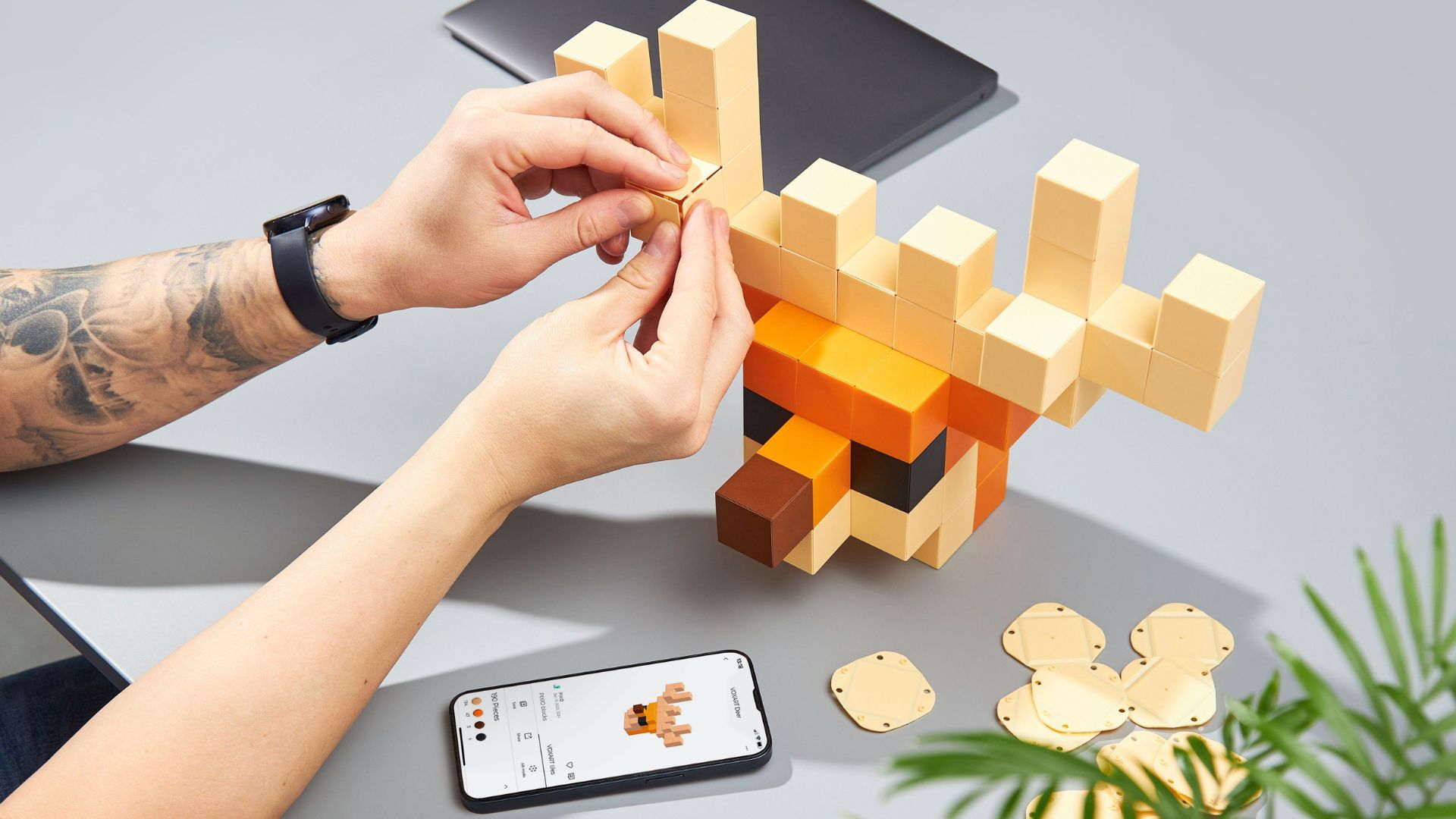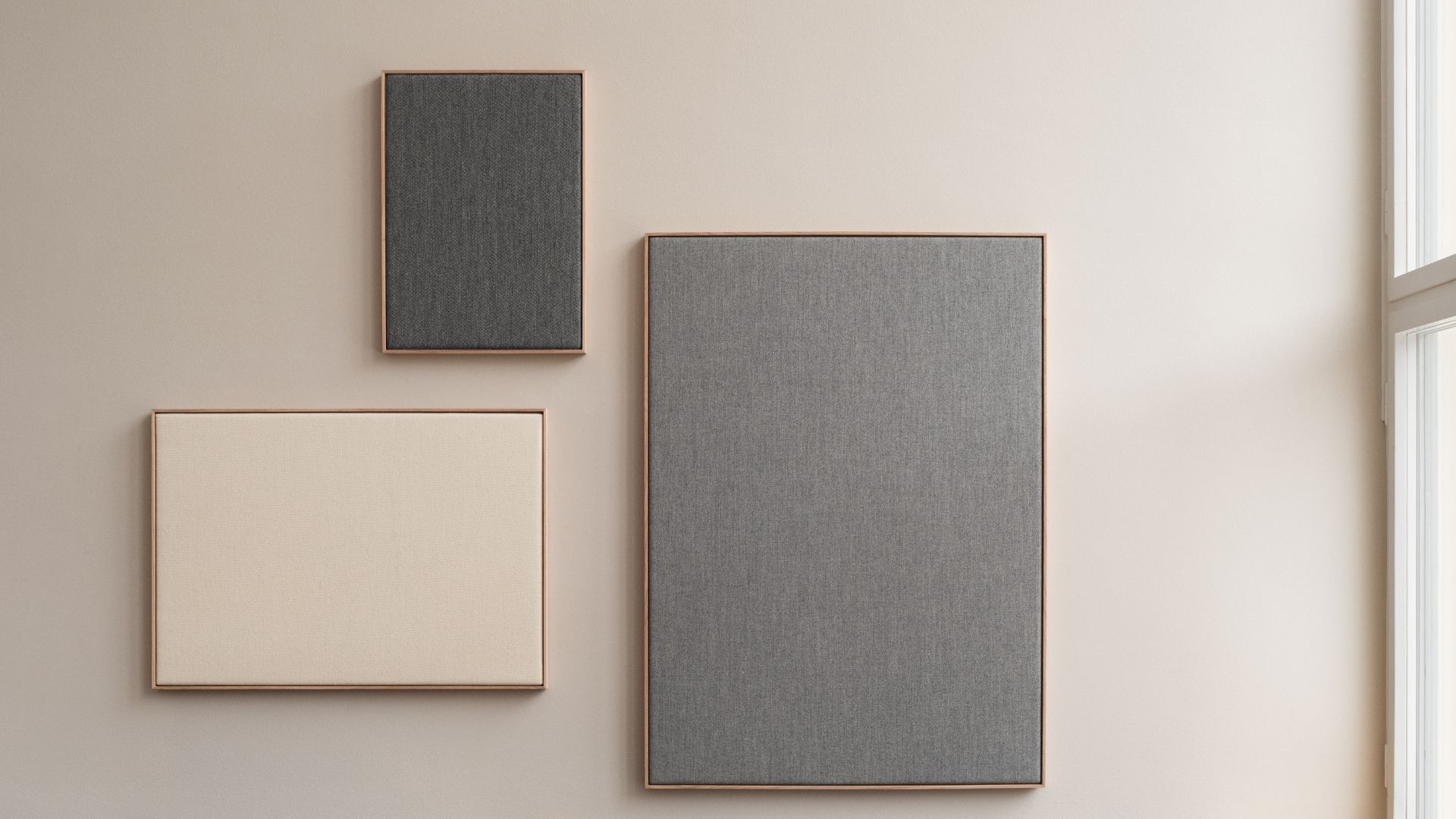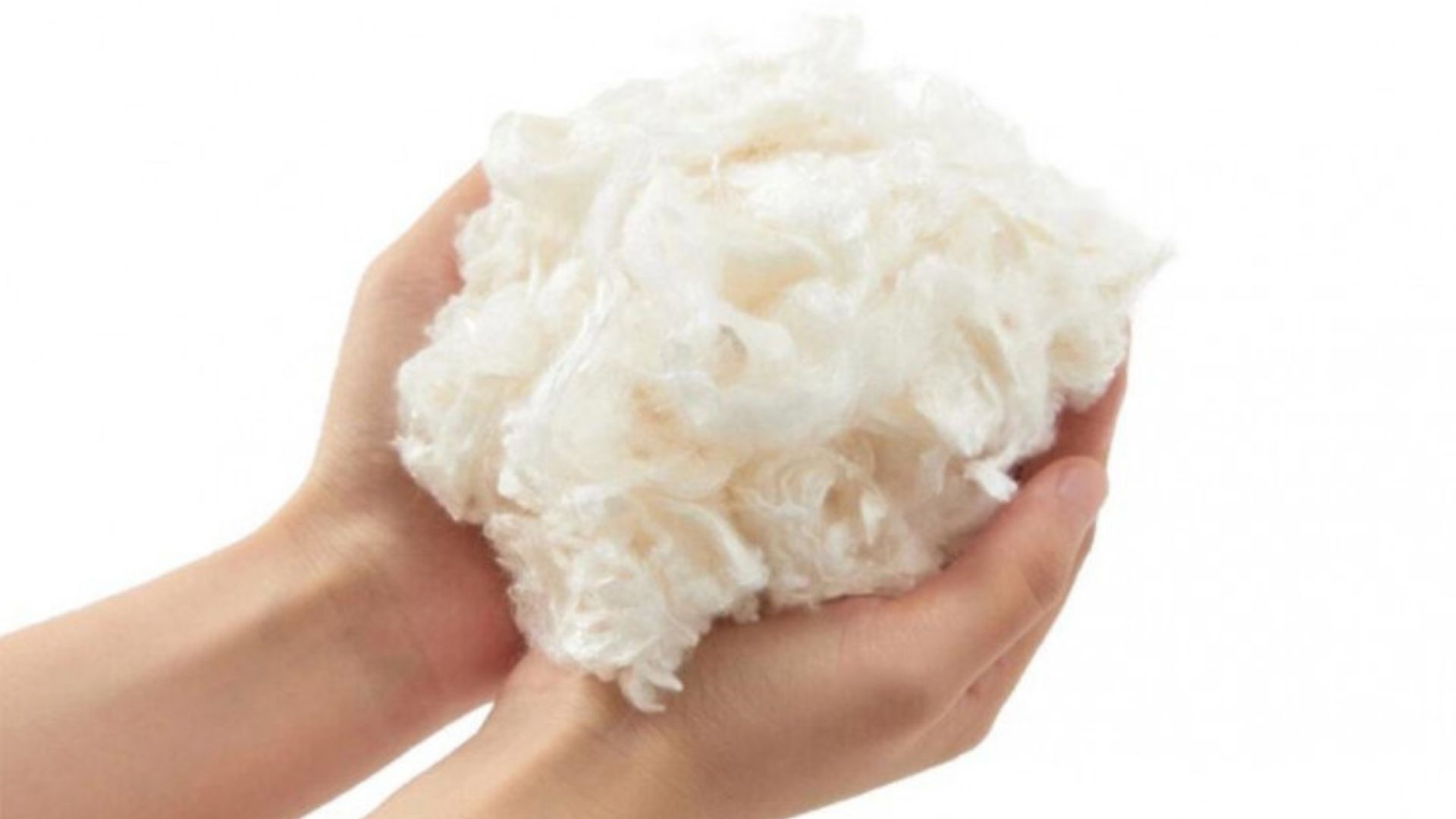What is Plastic Overmolding? A core element of contemporary manufacturing
From toothbrushes to car bumpers, plastic overmolding can be used to create a single part by fusing together two or more materials. Heard of plastic overmolding but want to know more?

Plastic overmolding plays an integral part when it comes to modern-day manufacturing, by making possible the fast assembly of different materials to create one unified product. But what exactly does this process entail? And how, as a designer, architect, or artist, can it help you? Is it sustainable? What are the dangers? And what should you know about it?
This guide is a useful starting point for you to find out.
Plastic Overmolding – A guide:
Gallery
Open full width
Open full width
What is it?
Plastic overmolding is a molding process resulting in a seamless combination of multiple materials to form one single part or product. Typically the first material, sometimes referred to as the substrate, is partially or fully covered by subsequent materials like plastic to protect the substrate or improve the overall performance of the product being created.
What materials can be used?
Of course, plastic can be used with plastic overmolding but remember that the process produces a single part by bringing together various materials.
This can be different plastics, used as an overmolding material, to create the substrate, or both; rubber, which can also be used as an overmolding material; and metal, which often forms the substrate people wish to overmold with a softer polymer or thermoplastic.
What can I use it for?
Used for a wide range of applications, plastic overmolding can help to improve the ergonomics of a product, break up colour, add flexibility to rigid parts, or simply be used to fuse different parts of a product together.
Perhaps the most universal example of this is the production of a toothbrush, which uses plastic overmolding to combine different coloured parts as well as the fixing of rubber grips onto the stiff handle.

Other common items include personal care products like shampoo bottles and shaving razors and tools like cordless drills and screwdrivers. For example, a screwdriver may be fitted with a colorful and comfortable handle through the overmolding design process.

Give me a step-by-step
There are two types of plastic overmolding process that dictate how substrate molded products are manufactured.
Let’s begin with insert molding, a process that uses a molded material or component and places it into an overmolding tool. It is then coated with molten thermoplastic or rubber. Alternatively, multiple material plastic overmolding requires a unique injection molding machine that is equipped with two or more barrels. It allows two (or more) materials to be injected into the same mold during the same cycle.
In both examples, heated plastic in the shape of resin pellets is injected into a mold displacing the air which escapes through vents in the injection pins. Once the mold is filled the part is left to cool for the amount of time necessary to harden the material. Some molds are equipped with internal cooling or heating lines where water is cycled through the mold to help with this part of the process.
Once the material has plasticised, the mold opens and the newly formed part is ejected.

As well as the usual warnings that come with handling industrial equipment, one of the biggest challenges in plastic overmolding is the reduction in chemical bonding between overmolded materials and cool substrates.
To maximize adhesion in this process, substrates must be carefully handled to prevent contamination of surfaces that could impact adhesion.
Can I do it at home?
There are several sources and various videos on the internet outlining ways in which plastic overmolding processes can be replicated at home. Explore at your own will. These DIY methods are often limiting in scale and in most cases will affect the overall quality of the final product.
What are the pros & cons of plastic overmolding?
There are numerous advantages associated with plastic overmolding.
Firstly, plastic overmolded components ensure proper alignment and prevent loosening of the different parts.This improves the product’s overall strength and structure. Plastic overmolding also enhances the possibilities of design by creating an opportunity to use multi-material components.
In terms of production, plastic overmolding eliminates the bonding step and reduces secondary operation, which can have a positive impact on labor costs. In the automotive market, for example, it can eliminate the need for injection molding and assembly for components like gaskets or bumpers, as well as secondary finishing operations including priming, painting, and coating.
Of course, there are several disadvantages to plastic overmolding too. The molding tool needed to make the moldings adds additional initial costs to the production process both in time and money. Then there are limitations in the size of parts to avoid the expenses it would take to create much larger products.
I want to know if it’s sustainable…
By nature of using plastic, plastic overmolding is not the most sustainable of processes. It also produces a significant amount of scrap, although there are now a number of overmolding providers that claim to have eco-friendly credentials.
Usually, this is down to their investment in R&D for manufacturing and processing materials, and using alternative materials like bio-plastic or post-consumer plastics. In this sense, a huge part of evaluating the sustainability of plastic overmolding comes down to material choice and the individual’s own practice.

I want to know more!
There are several resources that are useful when it comes to building your knowledge around plastic overmolding. If you want to learn more check these out:
- Overmolding design guidelines by Protolabs, a manufacturer of custom prototypes
- Instructables on Overmolding Electronics With a Plastic Injection Molding Machine
- A webinar on designing an overmolded part with SOLIDWORKS
- A guide by 3D printing company Formlabs: Overmolding and Insert Molding: From Prototyping to Production
- A guide to finding sustainable injection molding manufacturers (USA)







